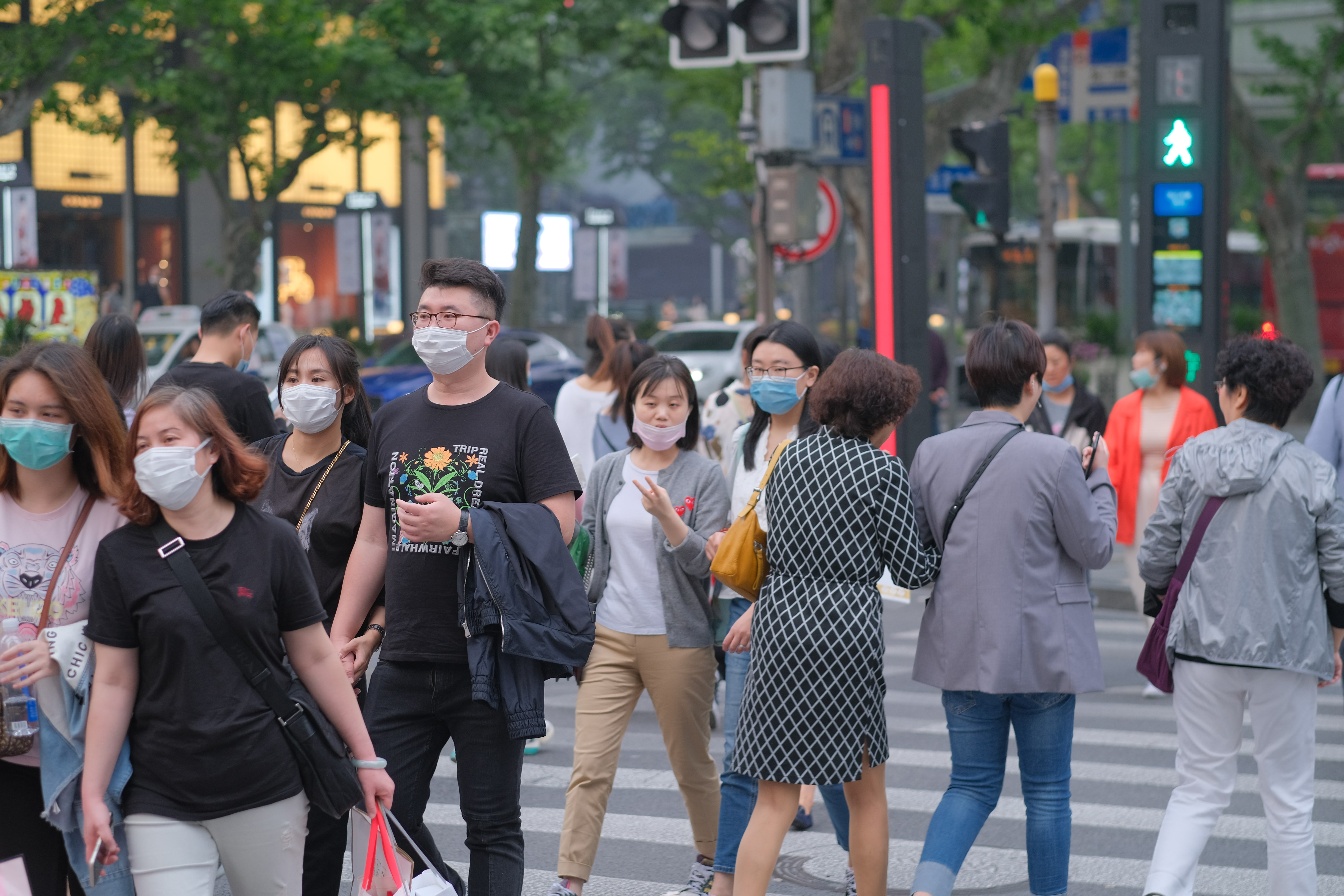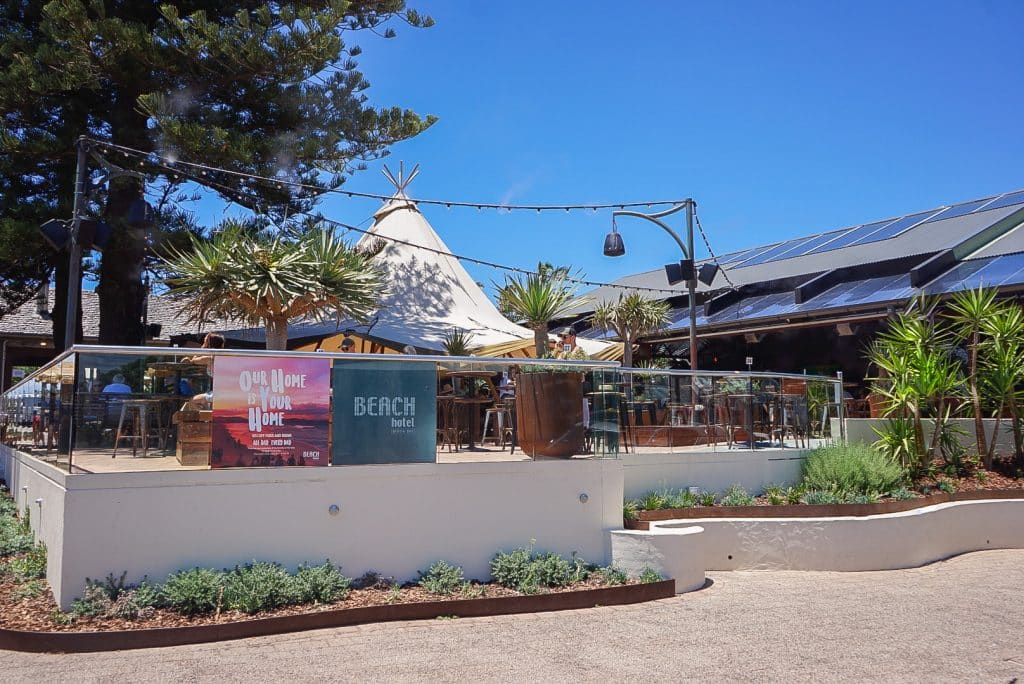
Four months ago in China a city of 11 million people was shut off from the world. The Chinese government imposed, what seemed at the time, harsh lockdown measures in the city of Wuhan to prevent the spread of a new disease of the coronavirus strain – they had named it Covid-19.
People had to stay at home, one member per household was allowed out once a day to buy food. Overnight, factories, schools, universities, offices, construction sites, hotels, restaurants and bars were shut down. The world watched as medical staff battled to keep very sick patients alive, often succumbing themselves to this highly contagious disease.
Despite these measures the disease spread into the rest of China and across the world. Four months on most countries worldwide have experienced varying degrees of lockdown and social distancing measures. There have been too many deaths and the global economy has taken a hit. Hospitality businesses, among others, are left picking up the pieces and wondering if they can ever reopen. As China’s parliament prepares new regulations to cease the trade and consumption of wildlife and wild animal markets, believed to be the cause of Covid-19, many countries in the rest of the world are now looking to China for guidance on what the future may hold.
New normal
In Wuhan the lockdown was officially lifted on 8 April 2020. Many food outlets across China had changed to takeaway and delivery in that time to keep the cash flowing. However, opening up to in-house diners again is not going to be straightforward.
In China sharing food is an intrinsic part of social life and a sign of intimacy. Banquets, where people dig into communal dishes with their own chopsticks, have been blamed for outbreaks of Covid-19. After the SARS outbreak in 2002/03 the authorities attempted to encourage diners to use assigned serving tools such as gongkuai (public chopsticks). It was largely ignored, but a more aggressive stance is now being taken and the serving of separate meals is being recommended.
Social distancing and wearing a mask are not conducive to a satisfactory dining experience anywhere in the world. “Social distancing in restaurants and bars is 1.5 metre and people are required to wear a mask before and after eating,” says consultant Robert Mang FCSI, principle of Dishes Company Limited, who is based in Hong Kong. “They can still stay and chat inside after their meal but they need to wear a mask.”
Leaving lockdown
In China’s biggest city Shanghai many operators have noticed that, despite social distancing measures, diners are wary of returning. Lunch trade has dropped off as workers prefer to bring lunch from home and restaurants are closing earlier as people do not want to hang around and socialise too late. “Hong Kong is the same, all trades are down due to social distancing and restaurants are closing earlier,” says Mang.
“Hong Kong has relaxed its rules from maximum four customers per table to eight per table. Restaurants have reduced their sitting capacity to a third, and customers have their temperatures taken before entering the restaurant,” says fellow consultant Clara Pi FFCSI, director of FCG, also based in Hong Kong.
Despite measures in Hong Kong being less strict than many other places in mainland China, Mang notes: “China was very straightforward. People were not allowed to dine out at the beginning, while Hong Kong still allowed it. However, people in Hong Kong were, and still are, cautious about dining out.”
That is the challenge the hospitality industry faces. Apart from dealing with decreased revenue and increased costs, how can diners be made to feel safe and confident about leaving lockdown.
Jacquetta Picton




